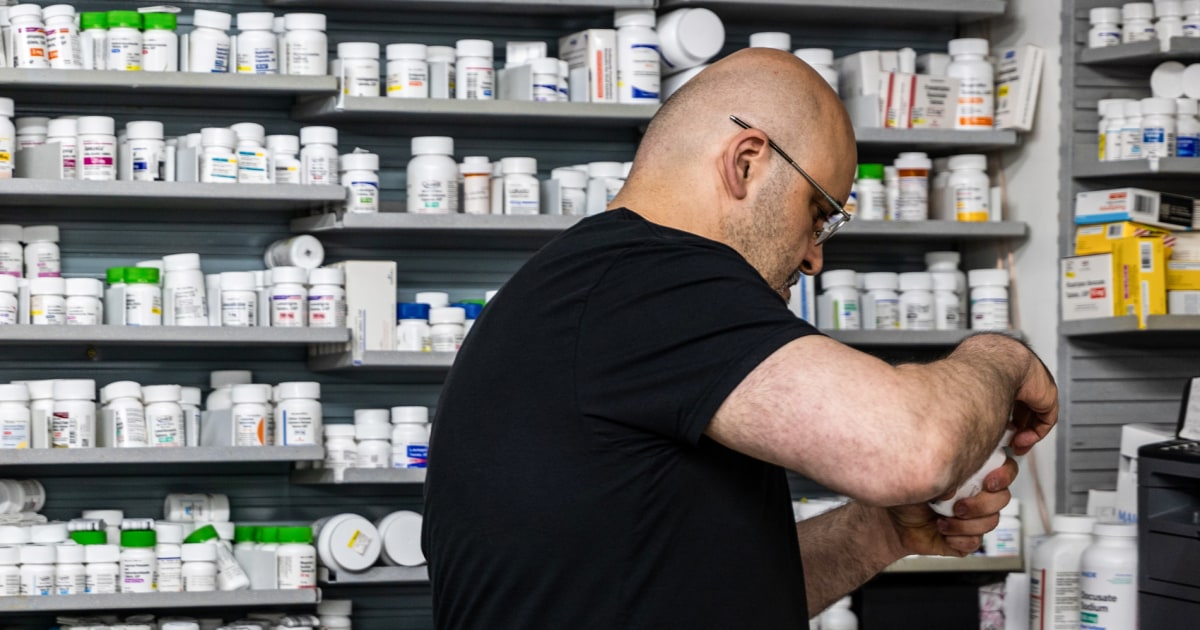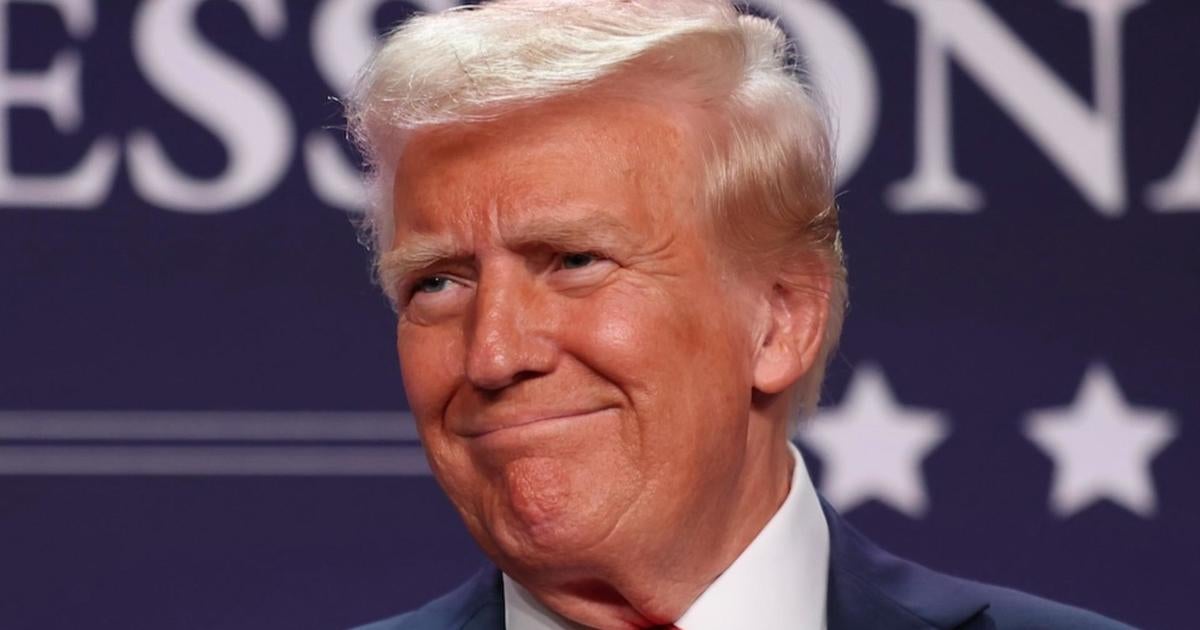How Trump’s China Tariffs Could Impact Your Prescription Costs
As the fallout from Trump’s China tariffs persists, experts warn of a potential rise in drug prices and looming shortages. The imposition of these tariffs has reshaped trade dynamics between the United States and China, affecting various sectors, including the pharmaceutical industry. In this article, we will explore the implications of these tariffs on prescription costs for consumers and the healthcare industry, providing a comprehensive overview of the situation and its potential outcomes.
The Background of Trump’s China Tariffs
In 2018, the Trump administration initiated a series of tariffs aimed at addressing the trade deficit with China and curbing intellectual property theft. These tariffs, which have ranged from 10% to 25%, have impacted thousands of products, from electronics to pharmaceuticals. The goal was clear: to encourage American manufacturing and protect domestic jobs. However, the ripple effects of these tariffs have extended well beyond the initial intentions, creating a complex web of consequences that are still unfolding today.
The Pharmaceutical Supply Chain: An Overview
The pharmaceutical industry is deeply intertwined with global supply chains, with many active ingredients and finished drugs manufactured in China. According to the U.S. Food and Drug Administration (FDA), over 80% of the active pharmaceutical ingredients (APIs) used in U.S. prescription medications come from abroad, primarily from countries like China and India. This reliance raises significant concerns regarding supply chain stability, especially in light of the tariffs.
How Tariffs Affect Drug Prices
One of the most immediate impacts of Trump’s China tariffs is the increase in manufacturing costs. When tariffs are imposed on raw materials and components imported from China, pharmaceutical companies may face higher production costs. These increased costs can lead to several outcomes:
- Higher Prices for Consumers: Pharmaceutical companies may pass on the increased costs to consumers in the form of higher drug prices. This scenario could be especially concerning for those relying on essential medications.
- Reduced Competition: Smaller pharmaceutical companies may struggle to absorb the additional costs, leading to market consolidation and less competition. This can further exacerbate price increases.
- Potential Shortages: If manufacturers decide to cut back on production due to increased costs, the risk of medication shortages could rise. This situation can have dire consequences for patients dependent on specific drugs.
Consumer Implications: What You Need to Know
For consumers, the implications of Trump’s China tariffs are multifaceted. While some may not feel the immediate effects, the long-term consequences could be significant. Here are some potential impacts to keep in mind:
- Increased Out-of-Pocket Costs: As drug prices rise, consumers may find themselves paying more for their prescriptions, especially those without insurance or with high-deductible plans.
- Access to Vital Medications: For patients who rely on specific medications, any shortage or price increase could pose a serious health risk. Individuals with chronic conditions may be particularly vulnerable.
- Insurance Premiums: Higher drug prices can also lead to increased insurance premiums, as insurers adjust to cover rising medication costs.
Potential Solutions and Strategies
While the situation may seem daunting, there are strategies that consumers and policymakers can consider to mitigate the impact of rising prescription costs:
- Policy Reforms: Policymakers could explore measures to negotiate drug prices more effectively, promote transparency in pricing, and encourage competition within the pharmaceutical market.
- Generic Medications: Patients should consider asking their healthcare providers about generic alternatives, which can often provide significant savings compared to brand-name drugs.
- Patient Assistance Programs: Many pharmaceutical companies offer assistance programs for low-income patients. These programs can help offset costs for essential medications.
Industry Response and Future Outlook
The pharmaceutical industry is not sitting idly by in response to the challenges posed by tariffs. Companies are exploring various strategies to mitigate the impact on their operations and consumers:
- Supply Chain Diversification: Many pharmaceutical manufacturers are looking to diversify their supply chains, reducing reliance on any single country, including China. This approach not only minimizes risks associated with tariffs but also enhances overall supply chain resilience.
- Investment in Domestic Production: Some companies are investing in domestic manufacturing facilities to bring more production to U.S. soil. This move can create jobs and reduce exposure to international trade disruptions.
Conclusion: Staying Informed and Proactive
As the implications of Trump’s China tariffs continue to unfold, it is essential for consumers to stay informed about the potential impact on prescription costs and availability. While the situation is complex, understanding the dynamics at play can empower individuals to make informed decisions regarding their healthcare.
By advocating for policy reforms, considering cost-saving alternatives like generics, and taking advantage of patient assistance programs, consumers can navigate this challenging landscape. At the same time, the pharmaceutical industry is taking steps to ensure that access to vital medications remains a priority, even amid shifting trade policies.
In the end, while the road ahead may be fraught with challenges, a proactive approach and continued awareness can help mitigate the impact of these tariffs on prescription costs. With collaborative efforts from consumers, policymakers, and the pharmaceutical industry, there is hope for a more stable and affordable healthcare landscape for all.
See more CCTV News Daily



